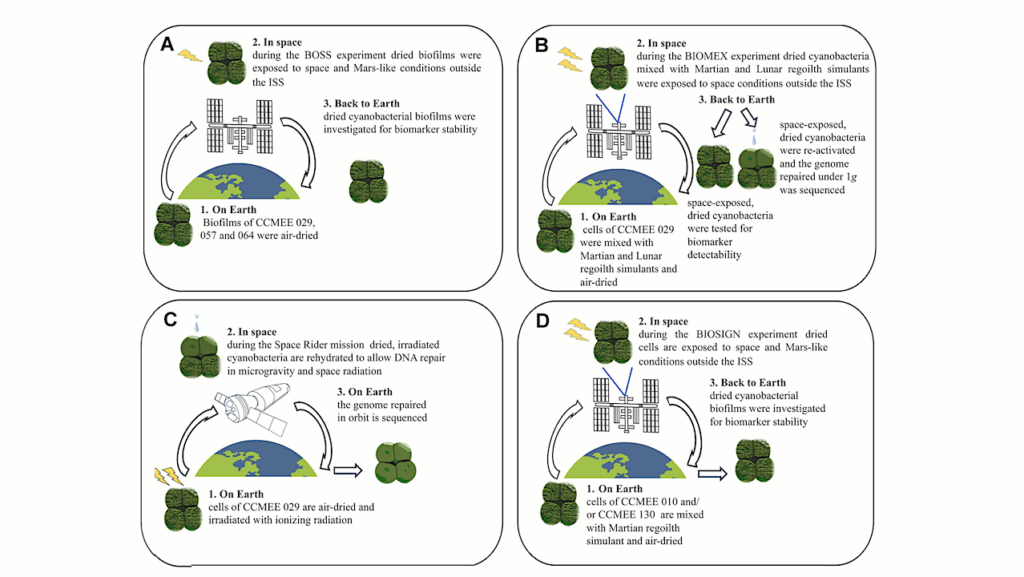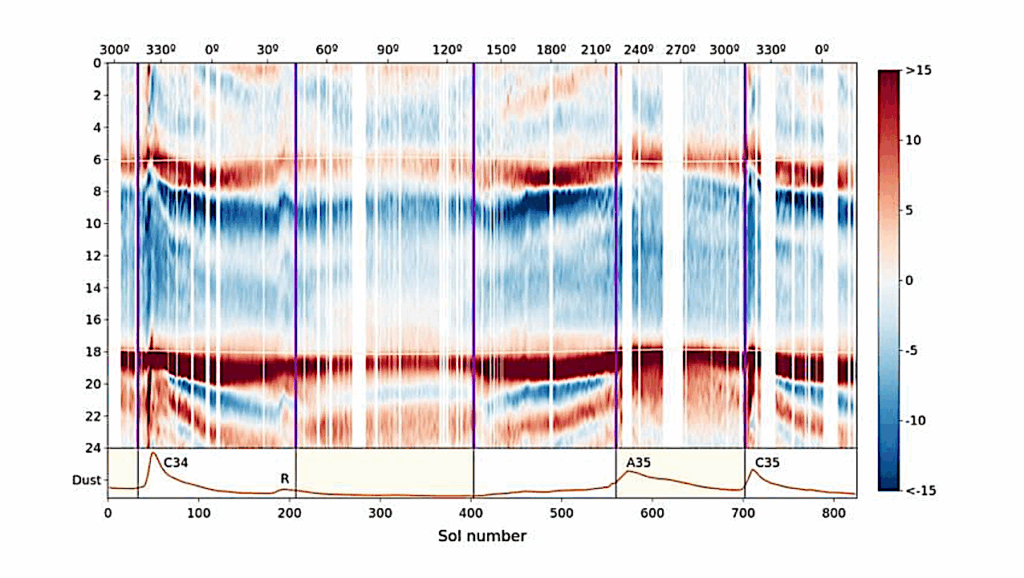Seeding Life on the Moons of the Outer Planets via Lithopanspermia

Material from the surface of a planet can be ejected into space by a large impact, and could carry primitive life forms with it.
We performed n-body simulations of such ejecta to determine where in the Solar System rock from Earth and Mars may end up. We find that, in addition to frequent transfer of material among the terrestrial planets, transfer of material from Earth and Mars to the moons of Jupiter and Saturn is also possible, but rare.
We expect that such transfer is most likely during the Late Heavy Bombardment or during the next one or two billion years. At this time, the icy moons were warmer and likely had little or no icy shell to prevent meteorites from reaching their liquid interiors.
We also note significant rates of re-impact in the first million years after ejection. This could re-seed life on a planet after partial or complete sterilization by a large impact, which would aid the survival of early life during the Late Heavy Bombardment.
R. J. Worth, Steinn Sigurdsson, Christopher H. House (Submitted on 11 Nov 2013)
Comments: Accepted for publication in Astrobiology on Nov. 10, 2013 13 pages, 5 tables, 4 figures, 1 appendix
Subjects: Earth and Planetary Astrophysics (astro-ph.EP)
Cite as: arXiv:1311.2558 [astro-ph.EP]
(or arXiv:1311.2558v1 [astro-ph.EP] for this version) Submission history From: Rachel Worth [v1] Mon, 11 Nov 2013 20:10:12 GMT (452kb)








